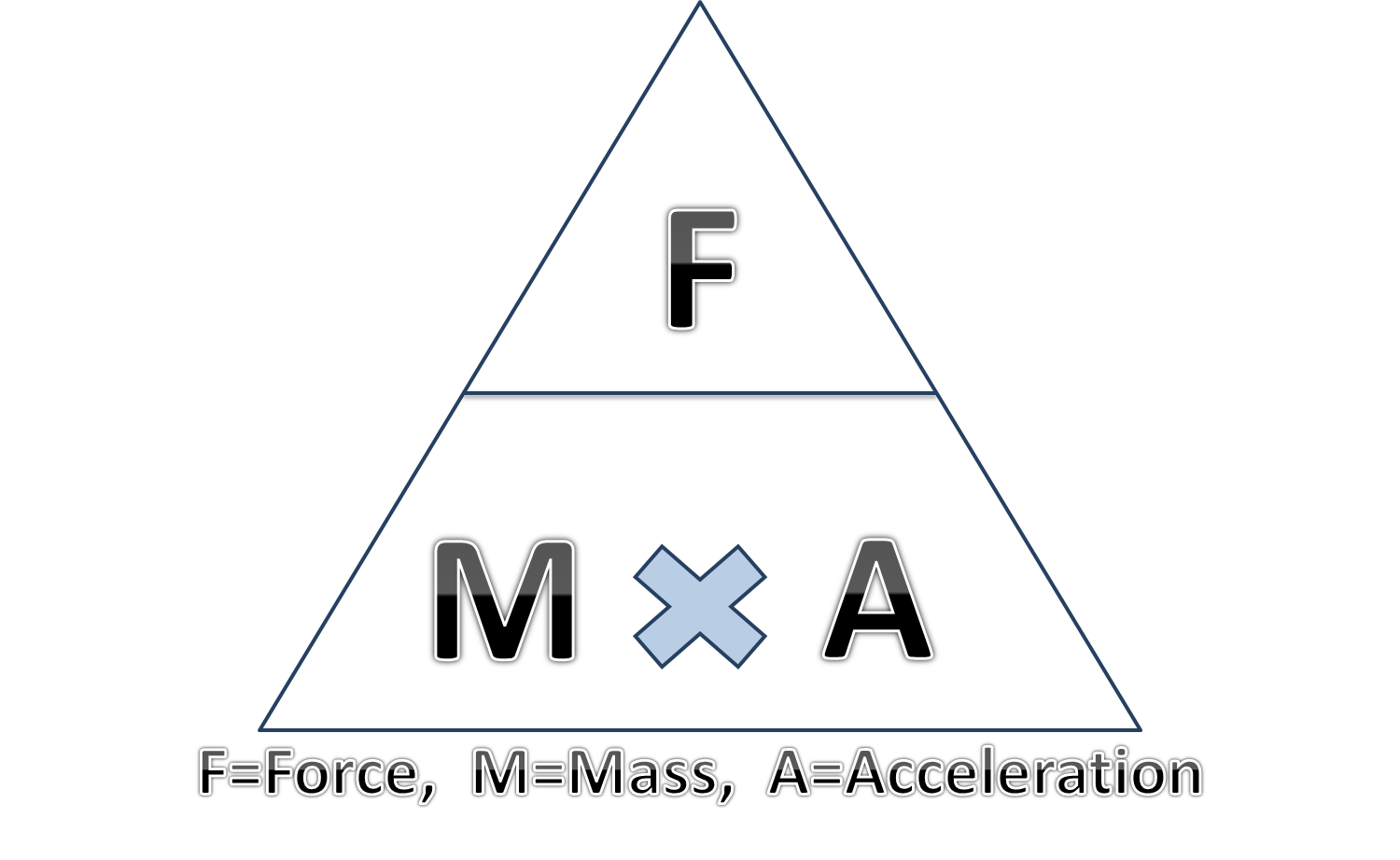

ACCELERATION PHYSICS SOFTWARE
Oh, I am not sure what the f is for its really just lbs but my spring software shows it as lbf/in. Average Acceleration v / t ( vf - vi) / (tf - ti) Example Question: A plane has a take off speed of 300 km/h. The acceleration formula is given as Acceleration Change in velocity / Time taken (v - u) / t. (Two cords in parallel helps when pulling more. Vary the mass by stacking up to three trolleys. Repeat steps 1 to 8, but this time apply the same force in all cases. The relationship between acceleration and mass. Simply use the number of cords, 1, 2 or 3, as a way of measuring force. Its an vector quantity and has magnitude and direction. Plot a graph of acceleration (y axis) against force (x axis). Thats how I know taking a straight force is not giving me the right answer I need something that accounts for stroke and the total time the spring is accelerating the object. Acceleration is the rate of change of an object speed. I consider release the moment when the spring starts to accelerate the object because I have a device that pulls the spring and object back the desired stroke and releases them. So I need a way to account for stroke (the total amount of deflection acting on the object in this case. I have tried a much weaker spring with a longer deflection acting on the same mass object and got more force. What is Acceleration Learn PhysicsLearn Physicsphysics exams study exam learn learning studygram satisfying satisfyingvideos love teacher schoo. When the velocity of a body changes it is said to be. Using just one of the force numbers is not really how it acts. In Physics, Acceleration is defined as the rate of change of velocity of a body with respect to time. The problem is that during testing we have found that the longer the spring is acting on the object the faster it is going when the spring stops acting on it. I understand that calculation I was able to figure that out myself. I am not sure that I understand your unfamiliar term: "spring rate", which takes the unit \ = 5,540 m/s 2 For simplicity's sake it is better to stick to one system, preferably S.I. You have used both metric and imperial units in your description.


 0 kommentar(er)
0 kommentar(er)
